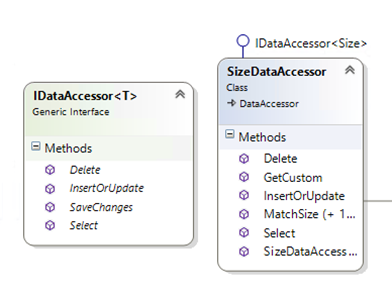Sometimes it’s good to refresh.. I keep forgetting the conditions for using an updatable view in SQL Server so I thought I’d publish this info to my blog for reference purposes.
You can modify the data of an underlying base table through a view, as long as the following conditions are true:
Any modifications, including UPDATE, INSERT, and DELETE statements, must reference columns from only one base table. The columns being modified in the view must directly reference the underlying data in the table columns. The columns cannot be derived in any other way, such as through the following: An aggregate function: AVG, COUNT, SUM, MIN, MAX, GROUPING, STDEV, STDEVP, VAR, and VARP. A computation. The column cannot be computed from an expression that uses other columns. Columns that are formed by using the set operators UNION, UNION ALL, CROSSJOIN, EXCEPT, and INTERSECT amount to a computation and are also not updatable. The columns being modified are not affected by GROUP BY, HAVING, or DISTINCT clauses. TOP is not used anywhere in the select_statement of the view together with the WITH CHECK OPTION clause.
By the way – in unrelated news – if you’re wondering what a Domain-Specific Language (DSL)…
In software development, a domain-specific language (DSL) is a programming language or specification language dedicated to a particular problem domain, a particular problem representation technique, and/or a particular solution technique.
The concept isn’t new—special-purpose programming languages and all kinds of modelling/specification languages have always existed, but the term has become more popular due to the rise of domain-specific modelling.



